Aussies are eager to travel, and nowhere is that fact more evident than while sitting in a long queue trying to pass through airport security these days. Not only are Aussies travelling in record numbers, a mix of staffing issues and worker strikes can also add to delays in airport security screening.
Waiting in lines is often one of the most stressful aspects of air travel. To better ensure you get to your gate or airport lounge more quickly the next time you take to the skies, we have collected a few helpful tips that will hopefully fast-track you through the security screening process.
From knowing what and how to pack, what to wear, and how to possibly enjoy expedited security service through your airline membership status, there are many ways you can speed up the security screening process.
And while travel insurance may not be able to offer you a short cut through security, it is something you should always add to your travel checklist.
Choose unpopular times to fly
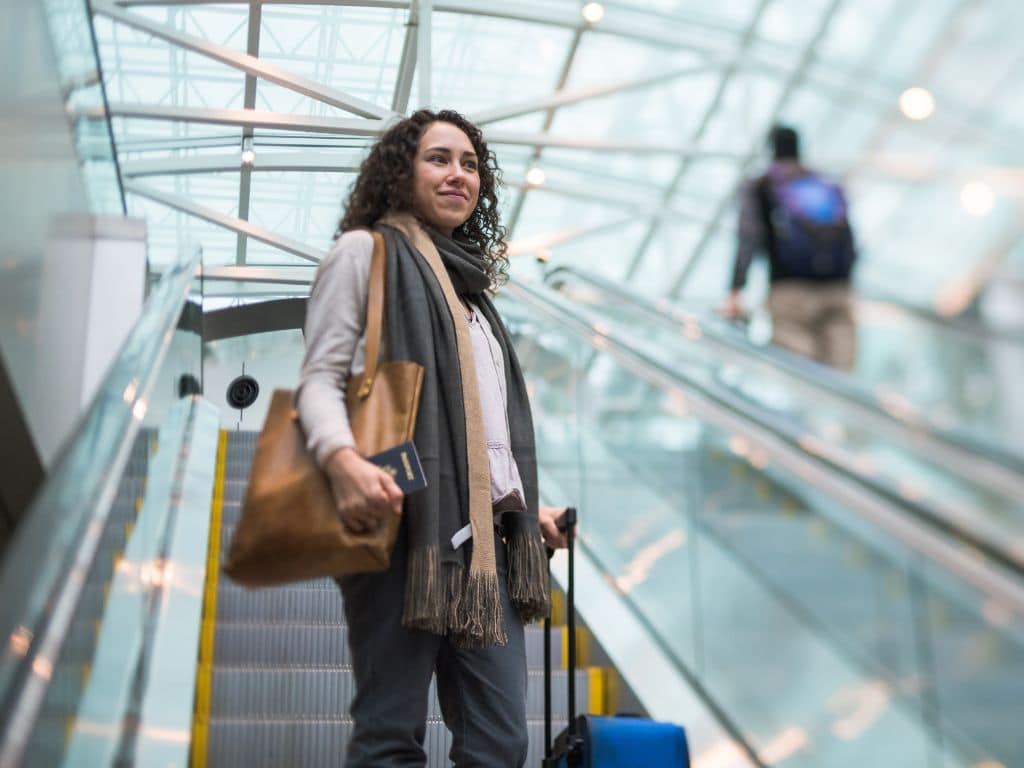
There’s no better way to avoid long lines through airport security screening than to choose departure times when fewer travellers are flying. You could also consider selecting a less busy airport to fly out of if that is a possibility.
If you want to see fewer crowds at the airports, you want to avoid flying during school holidays, public holidays, and around the weekends when Friday and Sunday can commonly see peak travel periods.
Mid-week flights are generally better for enjoying fewer lines at airports but this can be made even less hectic by choosing unpopular times of the day to fly. Very early morning flights or late evening flights are generally less busy, with the added benefit of early flights on average experiencing far fewer delays than flights taking off later in the day.
The main peak times during the day seem to often coincide with general road traffic times, so book flights outside these times and you will likely notice shorter airport security lines.
Have travel docs ready
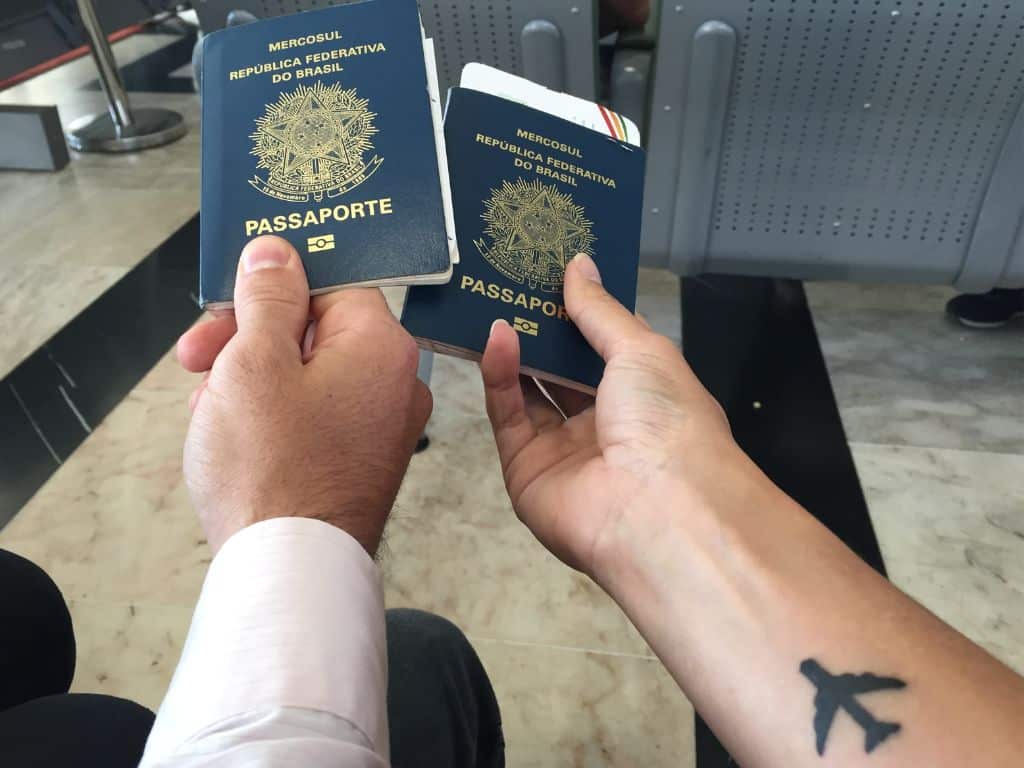
You’ve likely been told before to have your passport, ID, or boarding pass ready in hand while waiting in line at security. And yet it never fails that we see countless people rummaging through their carry-on at the last minute to locate their travel docs.
From the moment you join the queue, have your travel docs ready in hand to present to security. Or, if your boarding pass is on your phone, have it up and ready to show instead of searching through your phone at the least second when it’s your turn.
This is of course a collaborative effort, where the more people that adhere to it the quicker the lines will progress. So do your part, because every single minute of searching avoided by each person in line can add up to saving a lot of time for everyone.
And make sure your travel docs are in acceptable condition. Presenting a heavily worn or ripped passport, boarding pass, or ID can cause security to scrutinise your documents which will cause delays.
What to wear
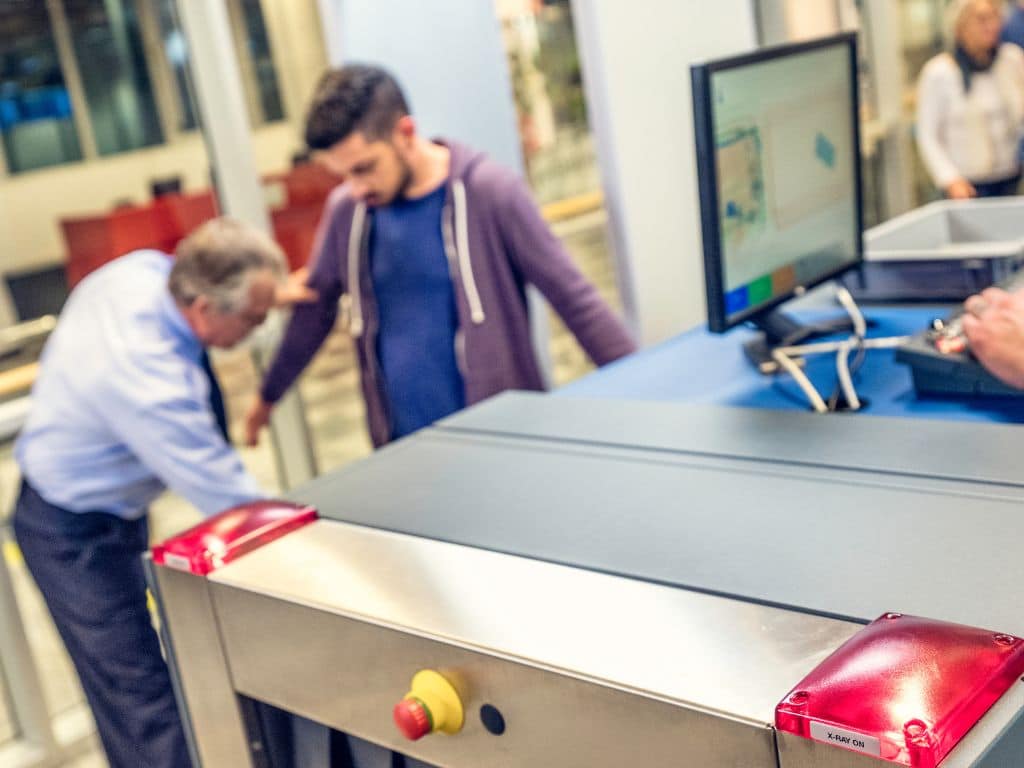
What you choose to wear while transiting through the airport can also determine how quickly you pass through security. Keep in mind that you may be asked to remove items of clothing, so the more layers you wear, the more you may have to remove and put back on again.
Wear clothing that is easy to remove quickly and this includes your shoes. Slip-on style shoes are great as it avoids having to tie and untie shoes while standing in the security line. Avoid wearing steel toed shoes or belts with metal buckles that may set off the metal detectors.
Bulky clothing and jackets will most often have to be removed and placed through the scanners. Be sure to remove all items out of your remaining pockets like keys, jewellery you’re wearing, watches, your phone, wallet, and travel docs and place them securely in your carry-on when it comes time to pass through screening.
If you forget to remove items from your pockets, you are likely to have to pass through the screening again and may even have to be introduced to a security guard and their trusty hand-held wand for further inspection.
Avoid wearing hats and sunglasses as these will need to be removed when passing through security. And keep in mind the more loose items you have, the greater potential items could go missing when passing through the scanners which could cause delays while trying to retrieve them.
Liquid restrictions
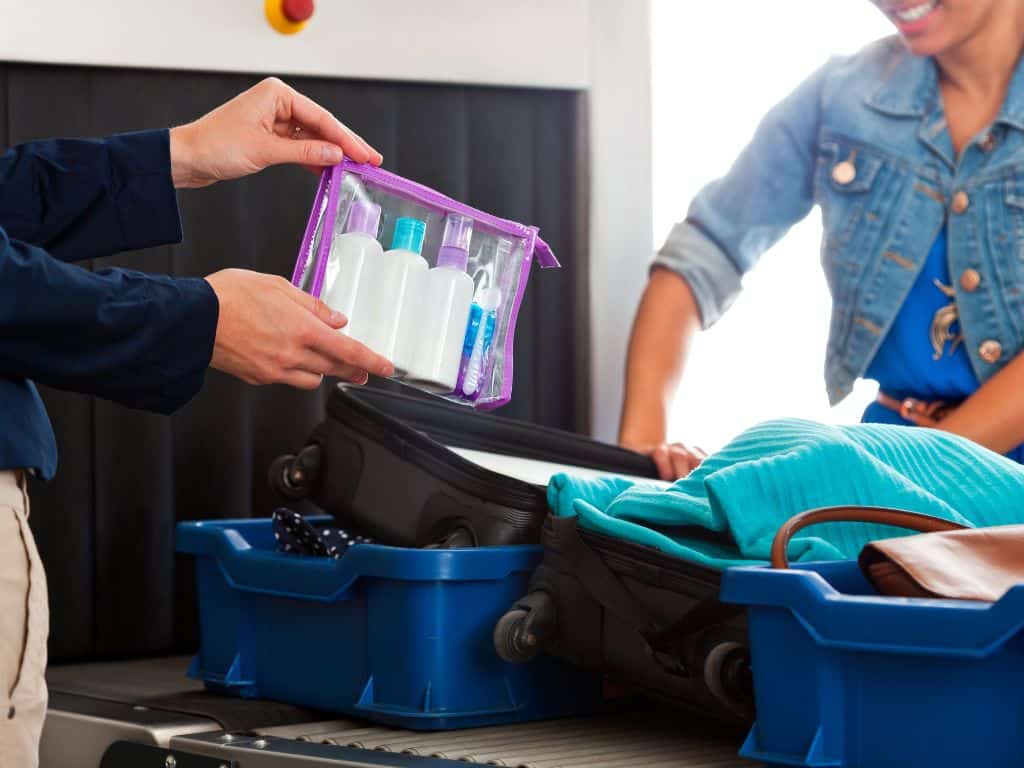
Both international flights and domestic flights within Australia departing from an international terminal restrict the quantity of liquids, aerosols, gels, and powders you can carry onboard in your carry-on.
Your individual toiletries will be restricted to the 100mL/100g limit and they must collectively be placed within a single clear resealable plastic bag and presented to security. You are generally allowed one single bag and it’s usually required that you remove it from your carry-on and place it in a separate tub to pass through the scanners, so don’t bury your toiletries in the bottom of your carry-on.
Make sure all containers are securely fastened with caps or lids and remember that the quantity restriction applies to how much a container can hold and not how much product is left in the container. This means a half-full tube of 200g toothpaste would not be acceptable as the container can accommodate 200g.
It’s also wise to have a separate clear bag containing all of your medications you are travelling with ready to present to security if asked. Note that there are no quantity restrictions for items like essential medications and organic powders such as powdered baby formula.
How to pack your carry-on for faster processing
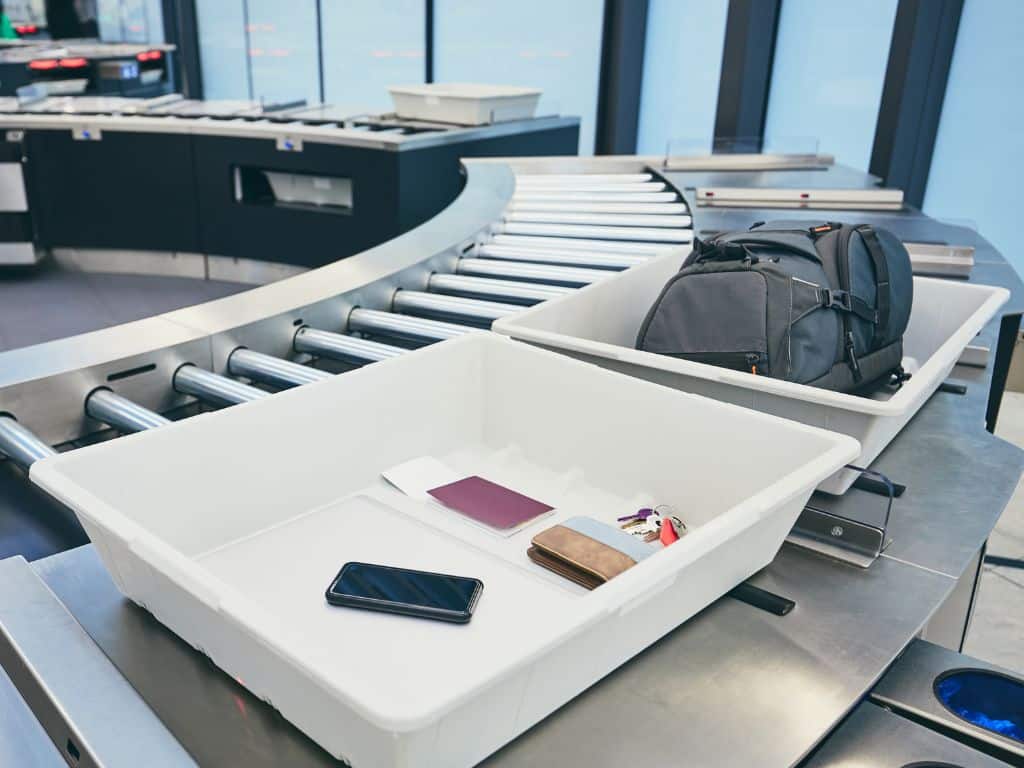
Packing prohibited or potentially dangerous items is a good way to ensure your carry-on bag will be searched, thereby causing delays for you. We encourage you to have a look on the Australian government’s TravelSECURE website to learn what you can and cannot take onboard in your carry-on.
If you’re still unsure about an item, be sure to declare it to security and have it easily accessible to show them. Note that prohibited items will need to be surrendered at security screening and these will not be returned to you, so it’s better to find out beforehand if items are allowed or not.
Pack your laptop and other electronics at the top of your carry-on since they often need to be placed separately through the scanner much like your clear bag of liquid items. Throw out any disposable water bottles and empty any reusable water bottles you were drinking before entering the security line.
Try not to overpack your carry-on, as this often leads to your bags needing to be opened by security since the scanners may not be able to easily make out individual items when there are many items in your bag.
Fast-track security with airline membership status or flight class
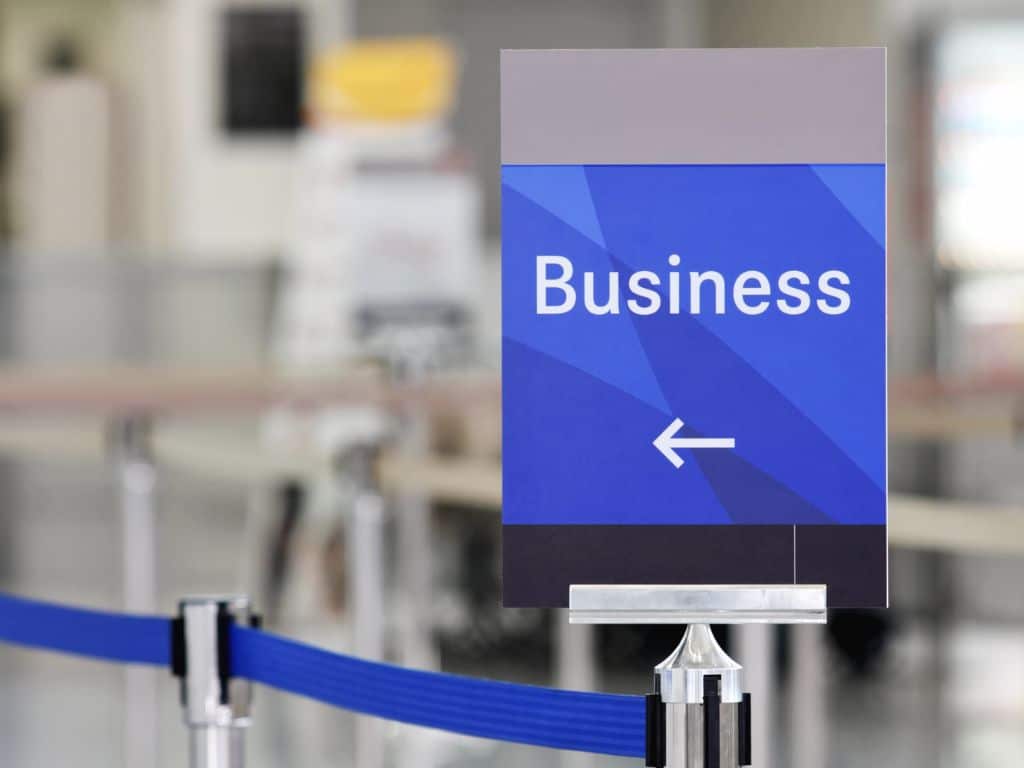
Depending on the airline you’re flying with and the membership status you have with them, you could enjoy fast-track security service. Some Australian airlines offer special priority screening lanes at selected airports for their higher-tier frequent flyer members.
You may also enjoy a fast-track security option along with priority check-in and boarding when flying Business or First Class. These expedited services may again not be available at all airports or during all periods of the day and their eligibility is constantly changing so you will need to check with your individual airline or membership program for full and current details.
You can also avoid queuing at check-in before you get to security by making use of self-serve kiosks when they are available. They allow you print boarding passes and bag barcode tags for checked luggage that you can then place at the bag drop. This process is usually much faster than checking in at the counter.
There may also be other programs out there available to Australians for fast-tracking the security process. Australian’s visiting the US may soon be able to take advantage of time-saving Global Entry and TSA PreCheck which allow passengers to get through dedicated US airport security checkpoints much quicker.
These programs are currently only available to US citizens and lawful permanent residents but there is talk of a trial to see if it can be extended to eligible Australians.
Choose your security lines carefully
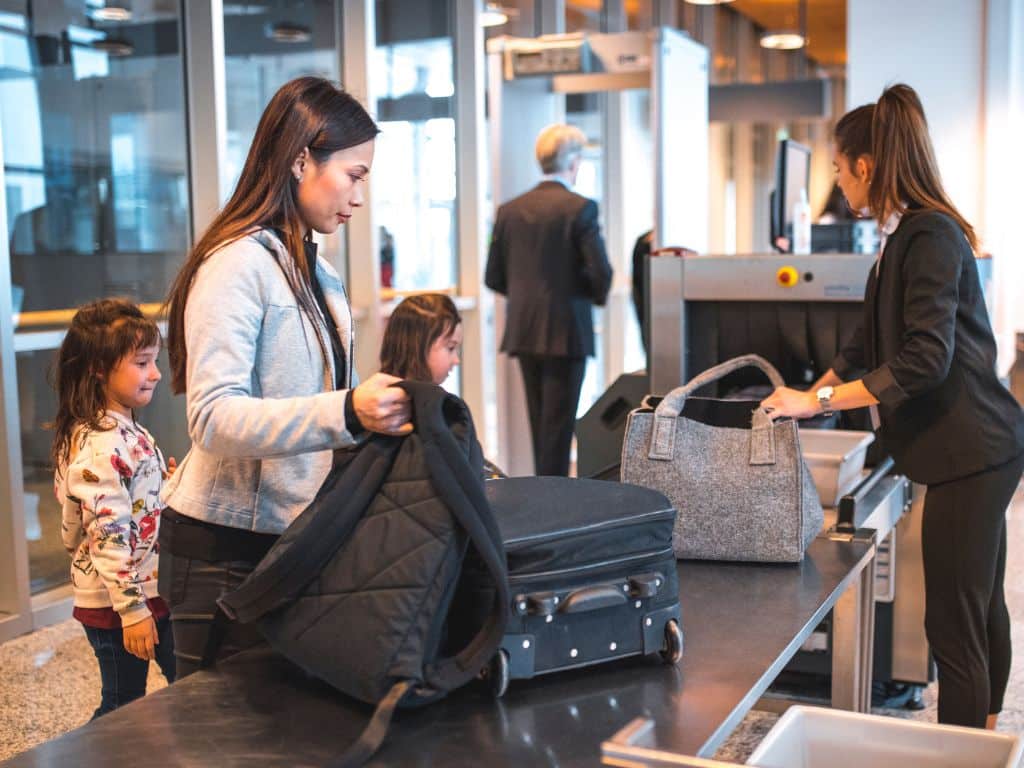
You sometimes have the option of choosing which security line you go through, especially at bag screening. The obvious decision is of course to pick the shortest line, but there are other factors that can make certain lines take longer.
Avoid lines where travellers look like they may have a lot of carry-on luggage, lines with kids that may require assistance with bags and passing through security, or lines where there seem to be obvious problems taking place.
Studies have also shown that because there are more right-handed people in the world and they tend to favour joining queues to the right, that means lines to the left are more often than not the shortest of the lines.
Be patient and polite
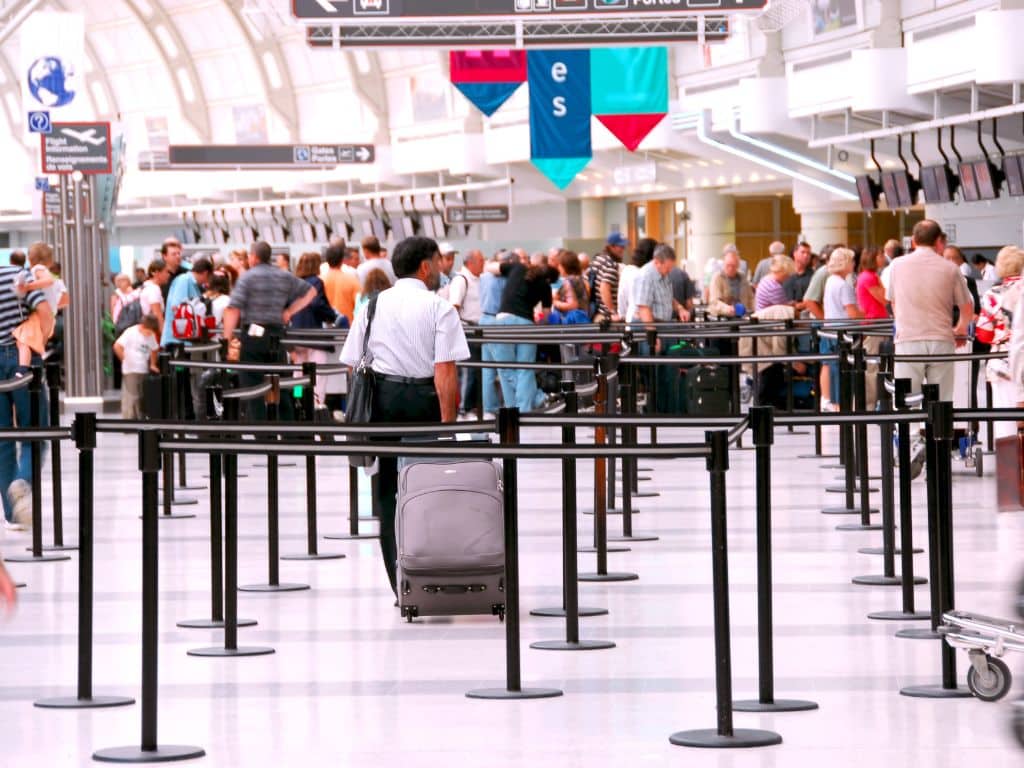
Screening is mandatory for all travellers and that means there’s simply no avoiding it. We all need to expect we will have to wait in queues at the airport and despite all the tricks we use to enjoy shorter lines, we may still end up having to endure an agonising wait.
Getting angry or disobedient will only lengthen delays, so always remain polite to security agents and follow their advice and instructions. Failure to do so will likely see you personally having to endure more thorough screening.
Know that most enhanced security screening procedures are done at random or at least they are meant to be random and therefore try not to take it personally if you are selected for further screening.
Depending on which airport you pass through, you may experience full body scanner machines, simple walk through metal detectors, hand-held metal detectors, frisk searches, or your items being swabbed to detect for traces of explosives.
If a frisk search is required, you should be offered the option of being taken to a private room if you’d prefer it to not be done publicly for religious or personal reasons, but this will of course cause delays for you at security screening.
Note that assistance animals will also need to be screened, so prepare them as you would yourself in order to pass through security more quickly.
Looking forward to the future, we may see the scrapping of a number of security rules such as liquid restrictions and laptops needing to be removed from bags thanks to more advanced 3D scanners. These are already being rolled out in the UK within the next year or so.
